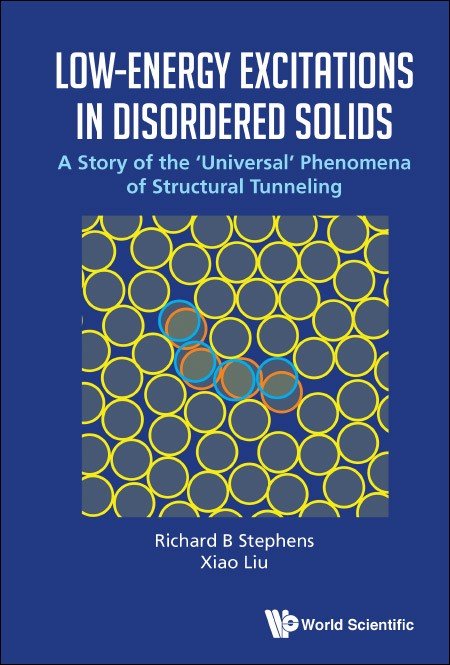Chapter 5: Standard Tunneling Model Extensions
The model detailed in Chap. 4 is quite simple — perhaps a necessity given the apparent material/structural insensitivity of these states. We noted, at the end of the last chapter that experimental observations deviate from its predictions at the low and high ends of its applicability, where new mechanisms are at play. There have been credible worries that these deviations reflect important details and higher order processes that are not part of the model which assumes isolated tunneling systems interacting only with phonons (or electrons) and distributed as n(Δ, λ) = nΔnλ. Here we look for ways in which the model might need refining. First, what happens if the thermal phonons are not the dominant, or the only, TLS to TLS mediator. In Sec. 5.1 we discuss the possibility, introduced in Sec. 4.10.1, that as temperatures decrease, reducing the rate of phonon-mediated TLS interactions, the TLS might interact directly…



